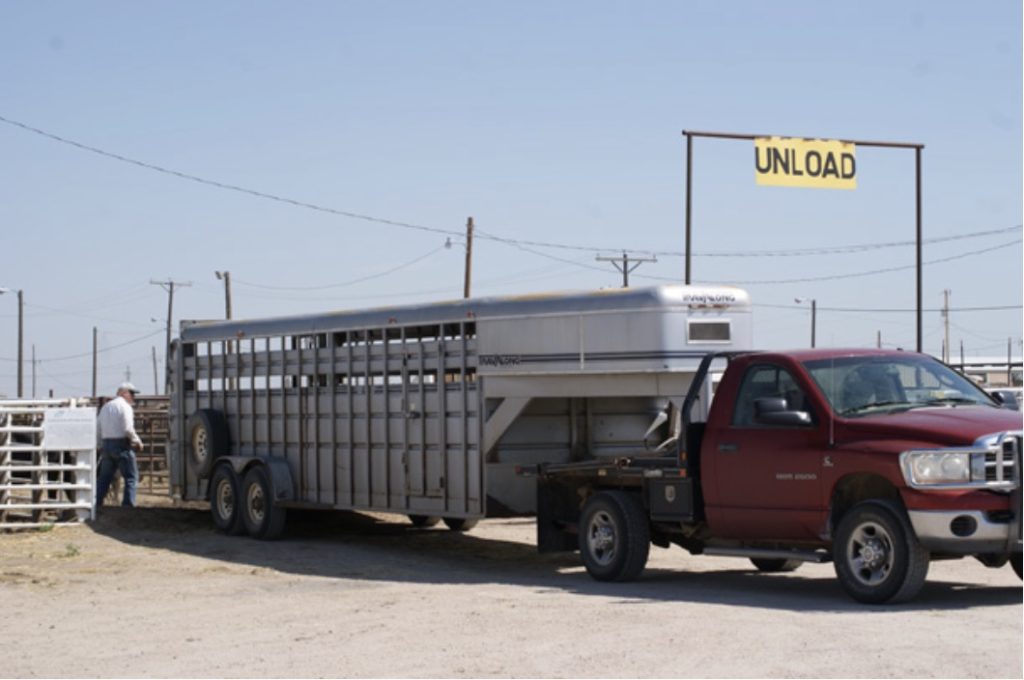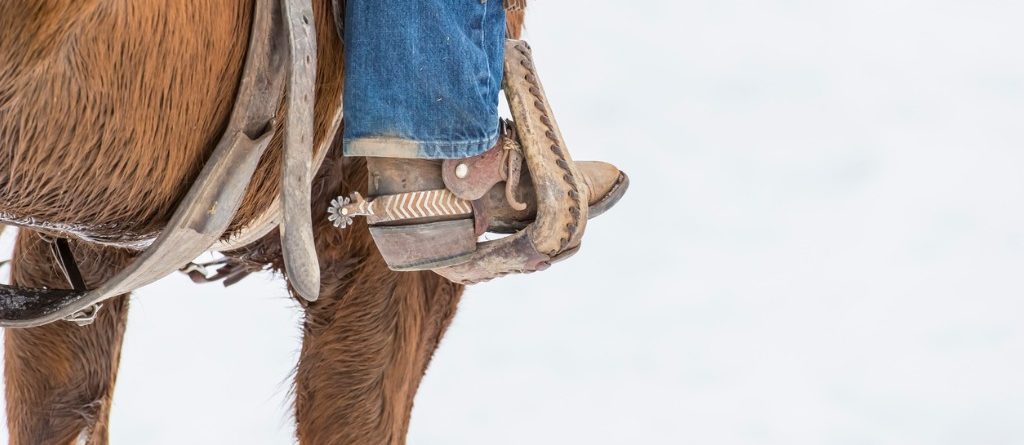Each stakeholder, from the cattle owner to the transporter, should strive for responsible transport decisions.
Cattle health is closely monitored in each sector of the beef and dairy industries, and continuous improvement is expected from within and outside of the industries. Fitness for transport is an important concept that applies to all cattle stages, from calves to feeders to cull cows and bulls.
This live-animal evaluation is critical to deciding whether an animal is able to withstand the rigors of transport, including standing for long periods of time. The most visible aspect of the cattle industry is when cattle are moved across the country on wheels every day. Each stakeholder, from the cattle owner to the transporter, should strive for responsible transport decisions.
The most recent National Beef Quality Audit shows that cattle – beef or dairy – are transported at least once and up to six times during their lifetime, so ensuring the health and welfare of these animals at each transport opportunity is a great responsibility. Trips to the auction market, the next pasture, backgrounding or finishing feedyards, and others are each an opportunity to improve animal welfare through transportation and fitness for transport decisions. The beef checkoff-funded Beef Quality Assurance Transportation (BQAT) program was designed for guidance on these topics. The following are a few important aspects to consider when determining whether cattle are fit for transport.
- Evaluate cattle history: Violative residues are created when animals are slaughtered before the labeled withdrawal period on the medication label. It is important to always confirm animals have cleared drug withdrawal times before transporting them to sale or slaughter. Never ship an animal you do not think can withstand the rigors of transport or marketing. This includes not shipping extremely emaciated animals (body condition score 2 or less on either the beef or dairy scale). Having a plan for caring for or humanely euthanizing a non-ambulatory animal should be part of your protocol, since these animals cannot be slaughtered.
- Prep the cattle: It is important to provide cattle access to water up until they load onto the trailer, as it improves health in the short term and upon arrival. A modest meal within 24 hours prior to transport, especially for trips longer than four hours, has also been shown to improve cattle response during travel and at the destination. Duration of transport can have significant animal welfare outcomes, and preparing cattle for the trip can improve their response to transport stressors.
- Watch the weather: As we move into warmer months, temperature and humidity can burden or improve the transport process. Pre-trip planning can help ensure cattle are loaded or unloaded in a cooler part of the day. Another consideration for younger and smaller cattle is they will need different loading densities versus older cattle in warmer weather.
- Move cattle slowly: Animal handling is an integral piece to cattle health, especially during transportation events. Moving animals in a low-stress, gentle and quiet manner reduces stress on the cattle during and after transport. Using acceptable handling tools as an extension of yourself when needed can improve the efficiency of cattle movement. Cattle prods should not be routinely used and only used in specific circumstances. These practices also reduce the risk of product defects such as dark cutters, bruising and wasted product.
- Be proactive in culling decisions: Many cull cows and bulls are culled due to a decrease in productivity or an illness such as lameness. When animals are culled proactively, these animals are in a comparatively healthier state with a slightly higher body condition and have less risk of becoming lame or going down on the trailer. Producers are encouraged to work to cull animals earlier in the disease process, as long as drug withdrawal times are met, so animals can safely make it to their final destination without the risk of being condemned.
- Conduct self-assessments: Even with experienced cattle producers and drivers, complacency can sink in when performance is not evaluated. Work with a herd veterinarian, extension agent or Beef Quality Assurance state coordinator to conduct a self-assessment on essential skills such as humane cattle stockmanship or facility management. Continuous improvement through consistent training only improves cattle care and the end product.
Fitness for transport decisions influence both animal and human safety, which can be adapted and improved. Workshops such as stockmanship and stewardship provide live animal handling demonstrations for professional drivers, farmers and ranchers to improve their stockmanship skills. The BQAT program provides guidance on fitness for transport for animals in addition to providing preparation steps to ensure safe trips for transporters. More information on BQAT’s guidelines and the certification course can be found at their website.
SOURCE / PHOTO: Julia Herman, Beef Cattle Specialist Veterinarian, National Cattlemen’s Beef Association









